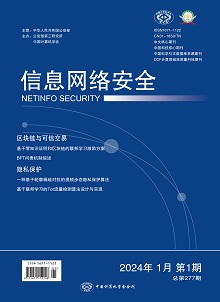With the popularization of the Internet, electronic voting technology is gradually replacing traditional paper voting. However, traditional electronic voting schemes are mainly designed for the one-person-one-vote system, and this voting system will no longer be applicable in some special voting scenarios. For example, in the scenario where voters must vote despite lacking professional knowledge. In this case, voters without professional knowledge generally cannot understand the content of the election, so they will vote negatively, resulting in unprofessional and unfair election results. In addition, traditional electronic voting technology also has problems with opaque election process and unverifiable votes. To address these problems, this paper proposed the proxy voting scheme based on the blockchain and SM9 digital signature to solve these problems. This algorithm first used blockchain technology to solve the problem of verifiable votes, then used the zero-knowledge range proof technique to prevent malicious vote scores, and then the homomorphic property of the modified ElGamal algorithm based on the elliptic curve was used to realize the function of ballot encryption and self-counting. Finally, voting rights transfer process was realized by the proxy voting certificate designed by SM9 digital signature algorithm and chameleon Hash function. Through the security analysis, it is proved that the proposed scheme satisfies robustness, legitimacy, confidentiality, global verifiability, and fairness. Theoretical analysis and experimental data show that the proposed scheme performs well, and can be applied to an election that requires professional knowledge.

